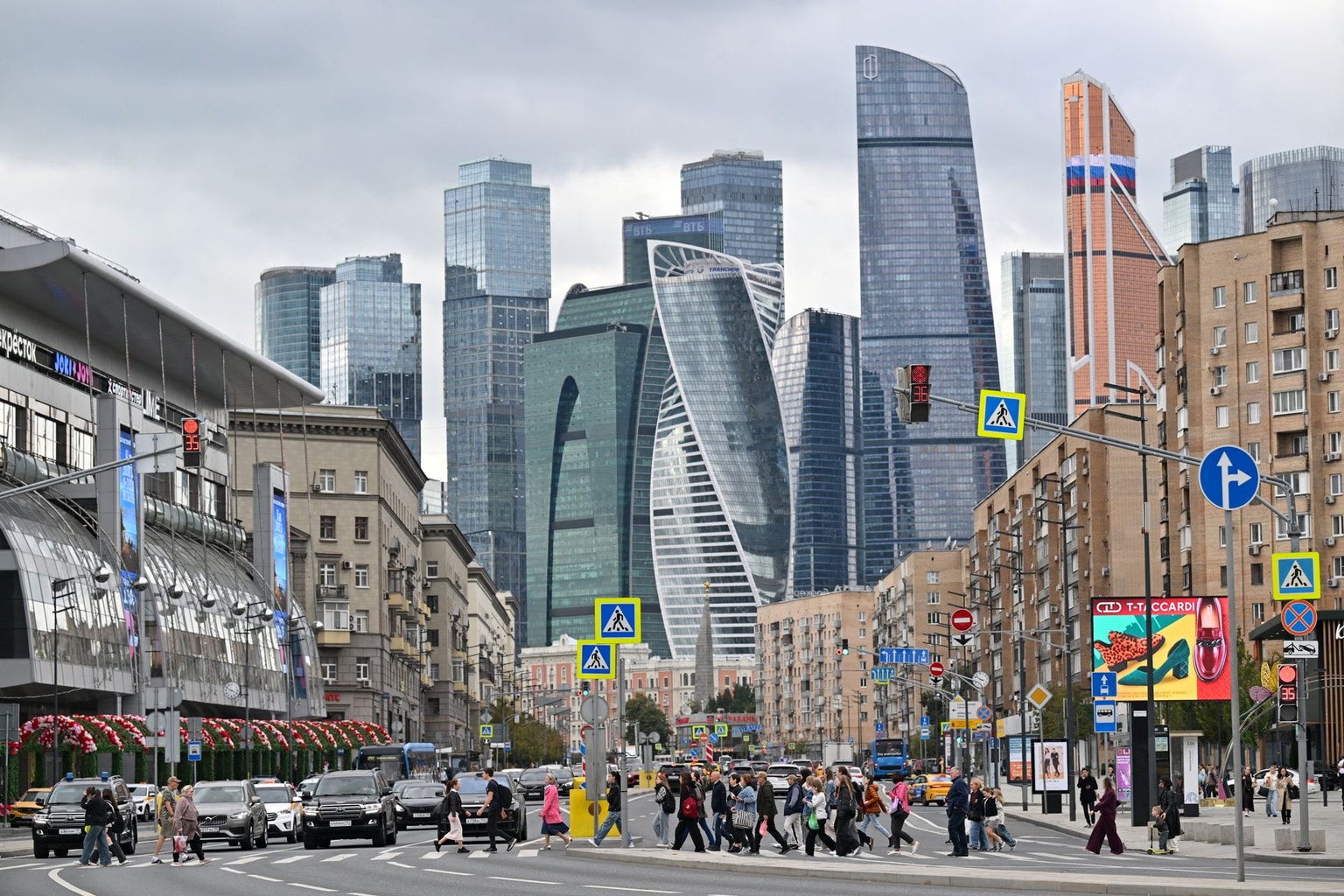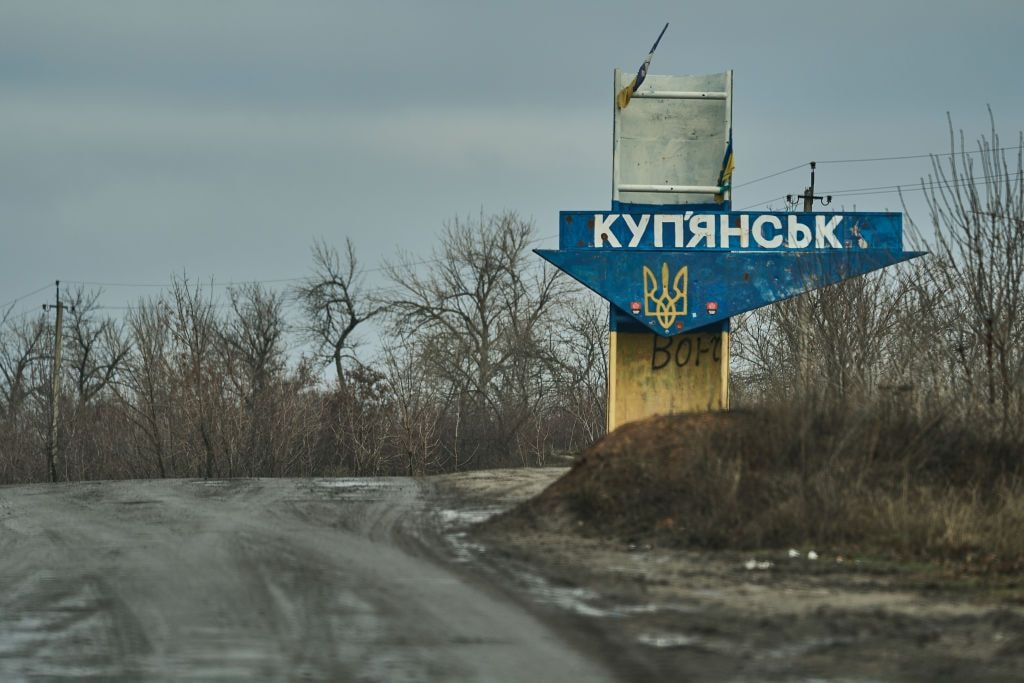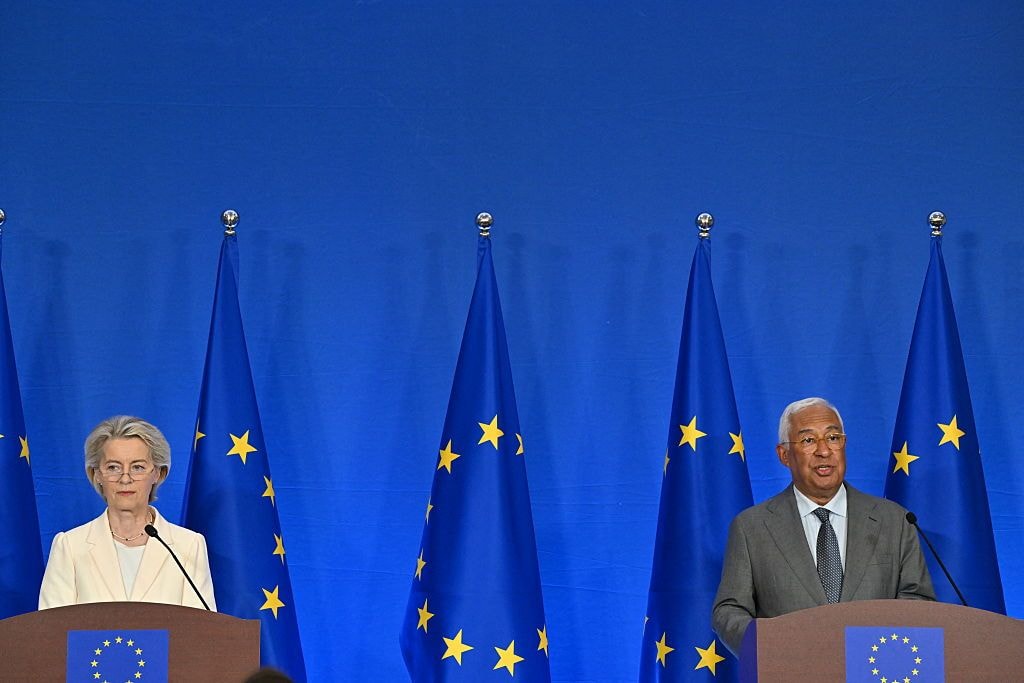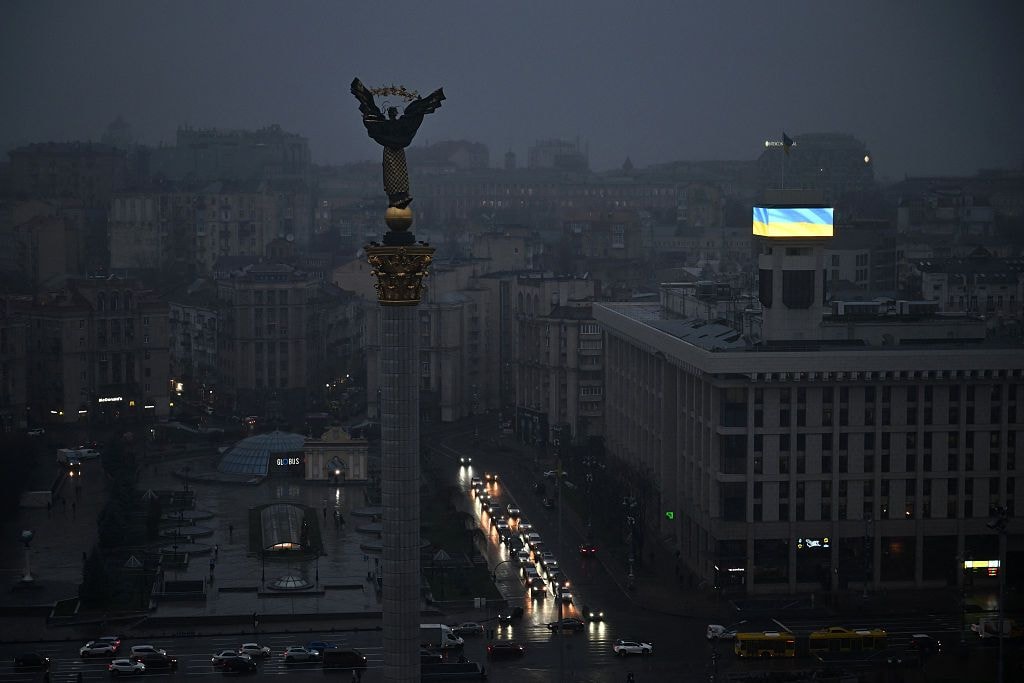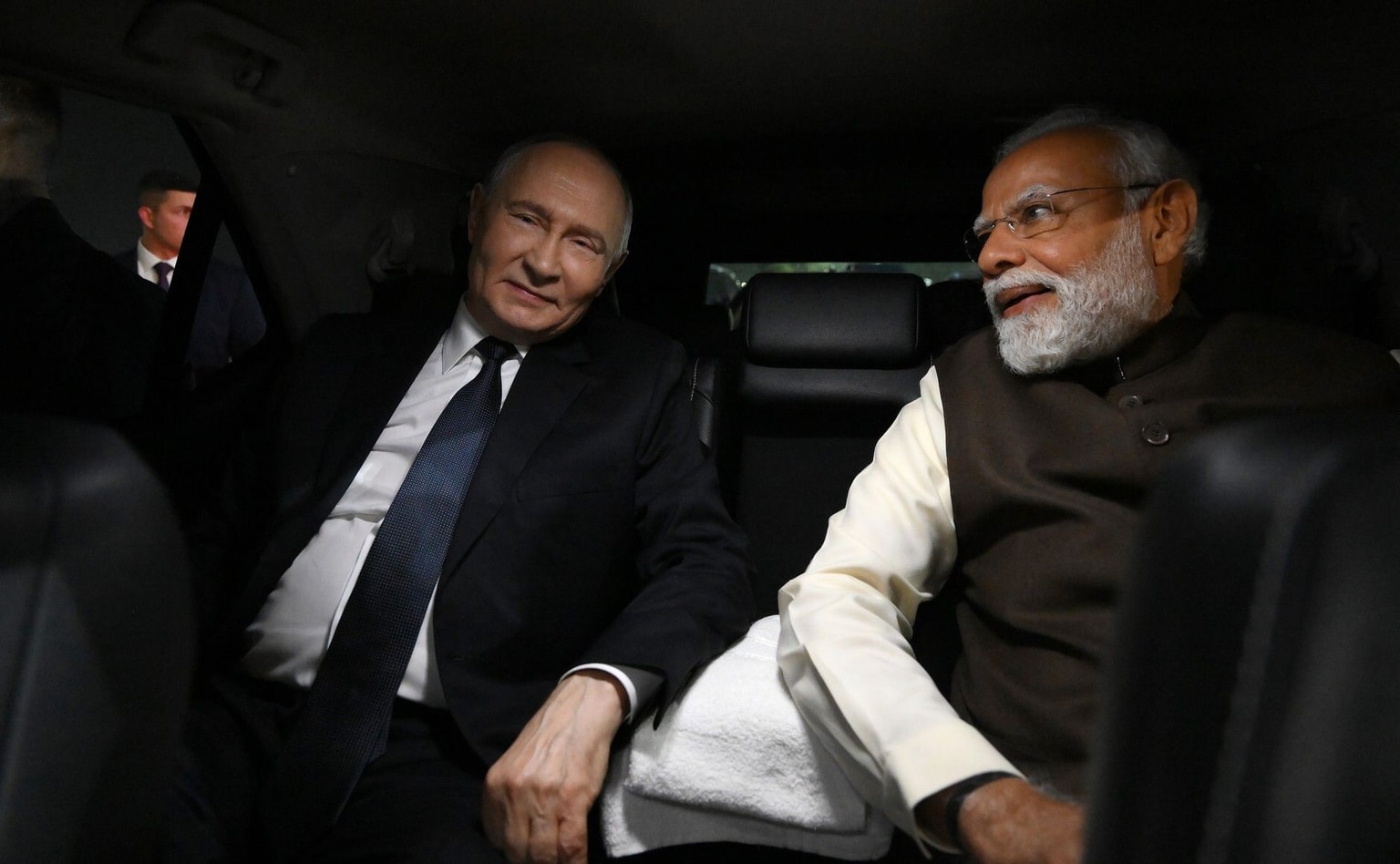Sweden has helped fund 400 drones for Ukraine's strike campaign on Russian oil refineries

Defense Minister Denys Shmyhal said on Nov. 6 that Sweden has helped Ukraine produce 400 long-range drones, which are then often used to hit targets such as oil refineries deep inside Russia.
"Ukraine and Sweden are strengthening cooperation in the development of innovative defense technologies," Shmyhal said in a Facebook post, where he announced that he signed a letter of intent on a defense innovation partnership with Swedish Defense Minister Pal Jonson.
He added that Sweden has helped Ukraine produce 400 long-range strike drones under the Danish model scheme, which helps fund Ukraine's defense production.
In addition to the over $9 billion in aid that Sweden has already allocated to Ukraine since Russia launched a full-scale war in 2022, the Nordic country plans to provide approximately $8 billion in 2026 and 2027 for military support, according to the minister.
Sweden has long been one of Ukraine's staunchest allies, providing not only funding but some of the most advanced weapons systems in the world.
Most recently, it was announced Ukraine plans to purchase between 100 and 150 JAS 39 Gripen E fighter jets.
Sweden's Saab JAS 39 Gripen is a versatile, cost-effective multirole fighter jet known for its agility, advanced avionics, and short takeoff capability. This aircraft can perform air-to-air, air-to-ground, and reconnaissance missions.
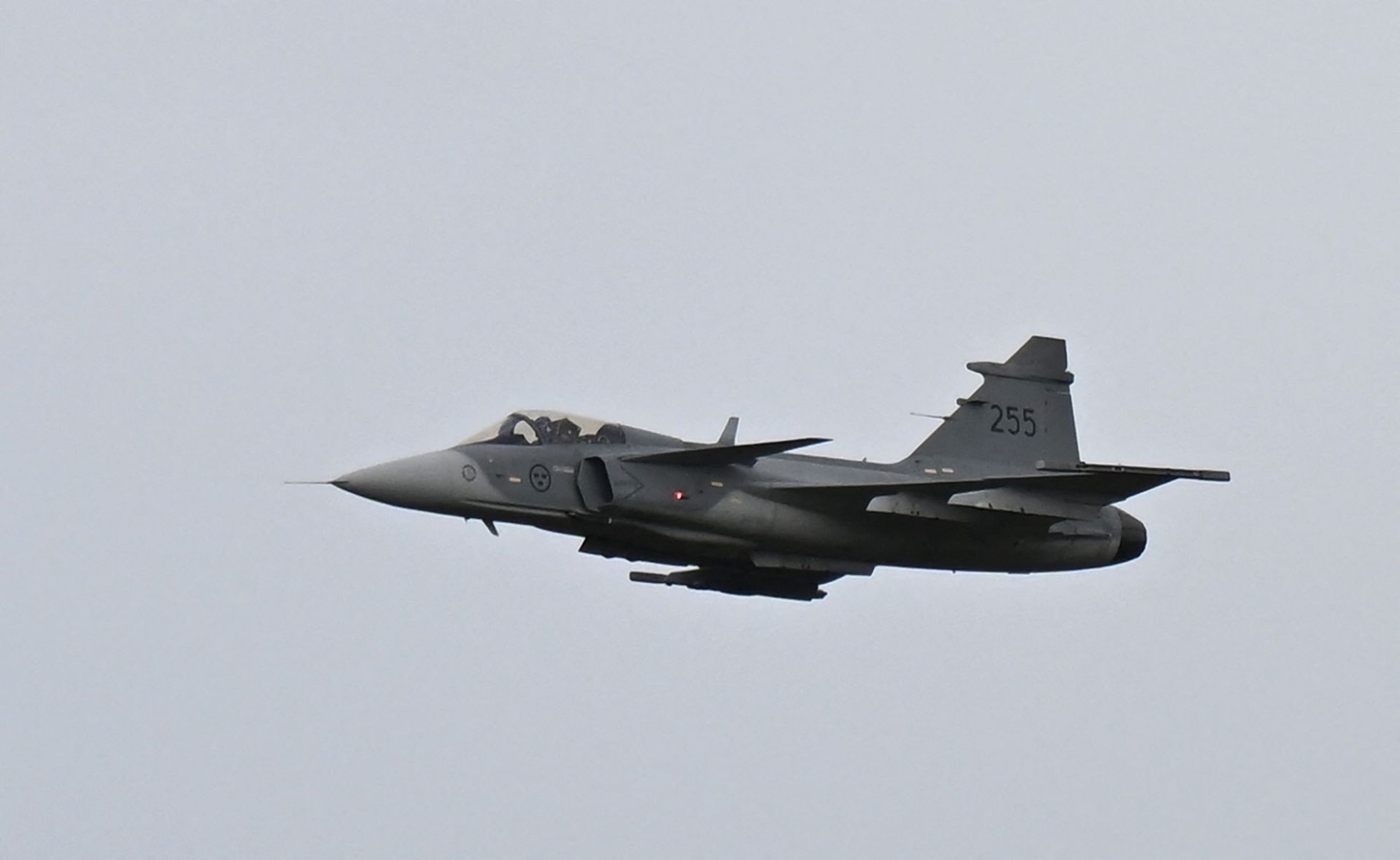
Its latest single-seat modification, the Gripen E, packs serious power with its General Electric F414G engine, delivering rapid acceleration and high climb rates. Inside, an advanced data-fusion cockpit with a large panoramic display gives pilots a clear, real-time view of the battlespace.
Capable of reaching Mach 2 at high altitude, around 2,130 km/h (1,320 mph), fast enough to cover the distance between London and Paris in around 10 minutes, the Gripen E features a new AESA radar and advanced electronic warfare systems.
In May 2025, the Gripen E also became the first fighter jet flown by artificial intelligence.
And then there is the Archer artillery system, one of the world's most advanced artillery systems, capable of firing projectiles at a distance of up to 50 kilometers.
Its advantages further include a high fire rate and the ability to quickly redeploy to avoid enemy counter-fire. It only takes a few minutes to deploy, shoot, and drive off from the location.
Sweden just confirmed that Archer artillery systems will be provided to the Ukrainian Army in the near future. These unique self-propelled howitzers can fire 20x 155mm shells (incl. Excalibur) in 2 1/2 minutes, firing one every 7.5 seconds. (Re)deployment in less than 30 seconds. pic.twitter.com/C3YjU1xLyp
— Hugo Kaaman (@HKaaman) January 10, 2023
Shmyhal's announcement comes as Ukraine aims to strike deeper into Russian territory in an attempt to disrupt its logistics and grind down its war machine from a distance.
It is unclear how much the regular Ukrainian attacks using homemade drones inside Russia or in occupied territories have affected Moscow's army.
The partnership with Sweden marks a step forward in Ukraine's calls to its Western allies for funding to domestically produce long-range weapons, after seeing the Western hesitation in providing missiles that would hit Russia.
Russian Deputy Prime Minister Alexander Novak admitted in September that the country faces a "small deficit" of petroleum products, which he said is being offset by reserves.
Between July 28 and Sept. 22, the number of gas stations selling gasoline in Russia fell by 360, or 2.6%, according to the Russian pro-government media outlet Kommersant.
Fuel shortages are particularly severe in occupied Crimea, where roughly half of gas stations have halted gasoline sales due to disrupted supplies, Kommersant reported on Sept. 24.
The Southern Federal District, which Russia claims includes occupied Crimea, has been among the hardest hit, with more than 220 stations — about 14% — suspending fuel sales.


